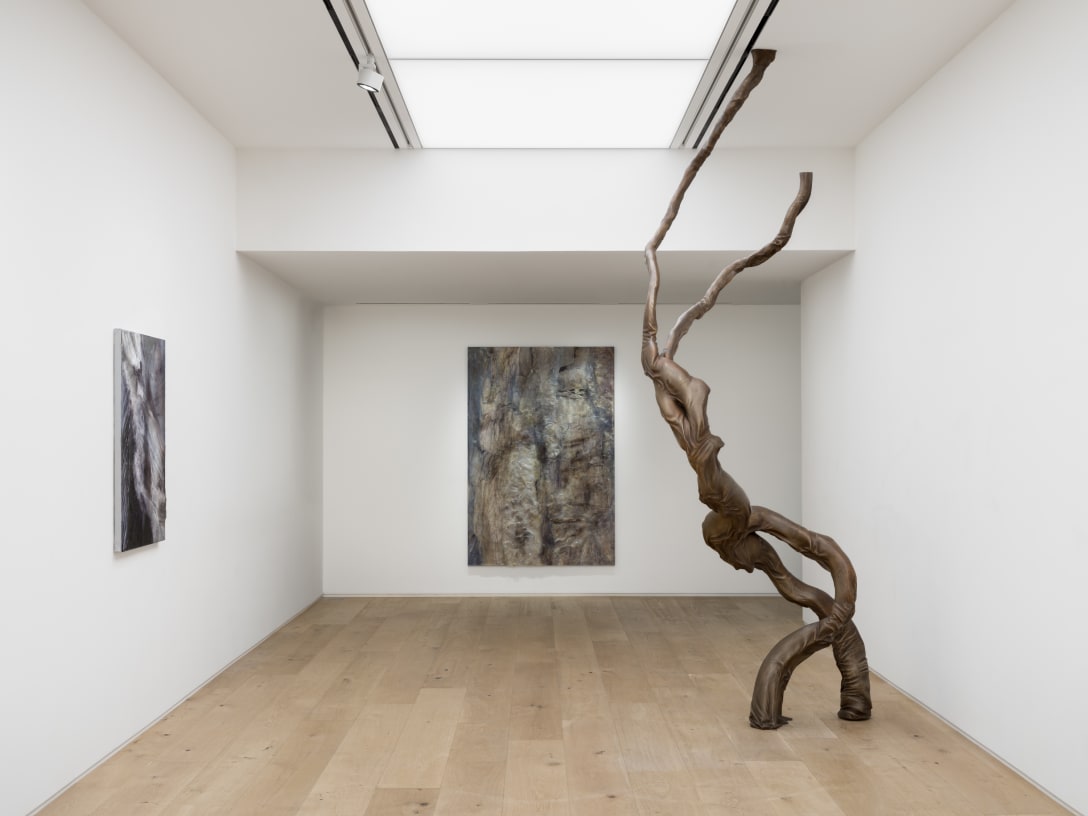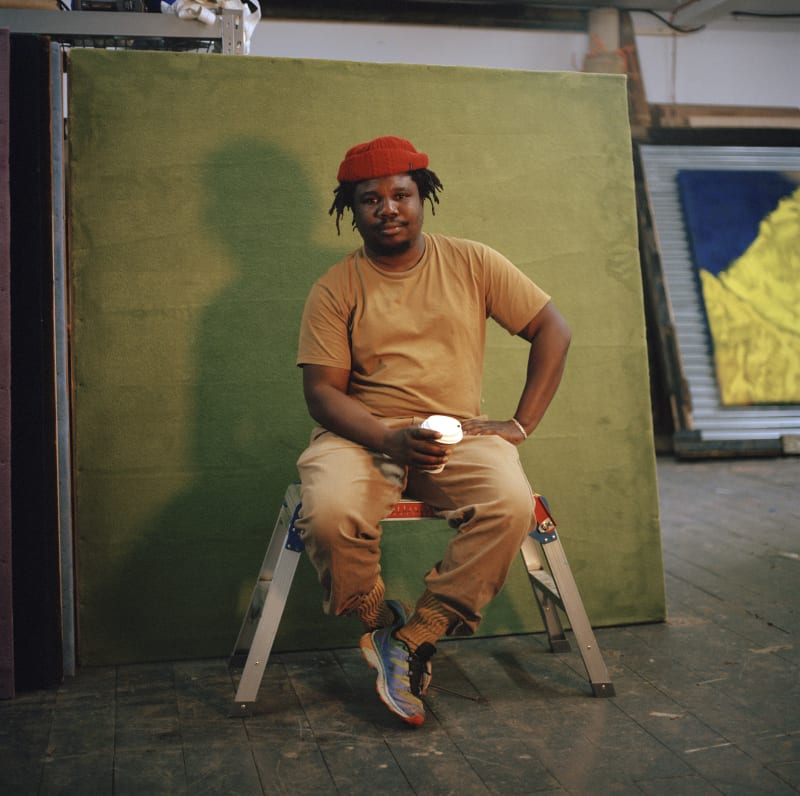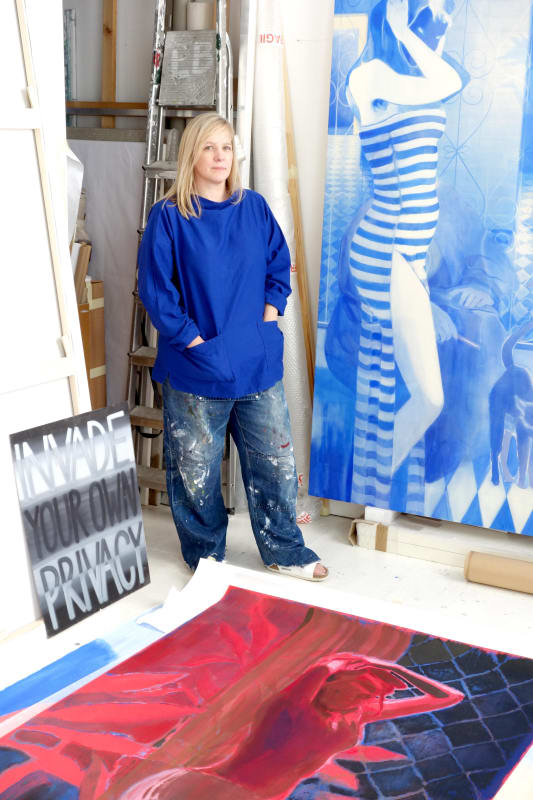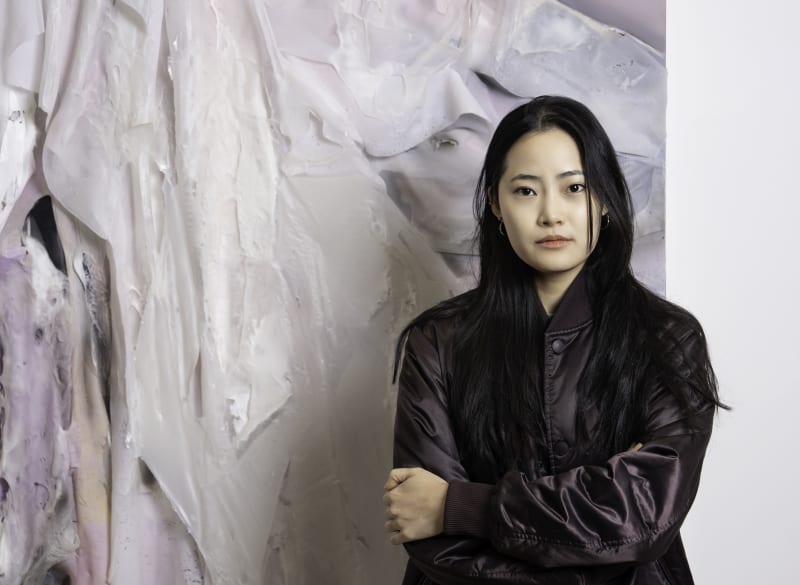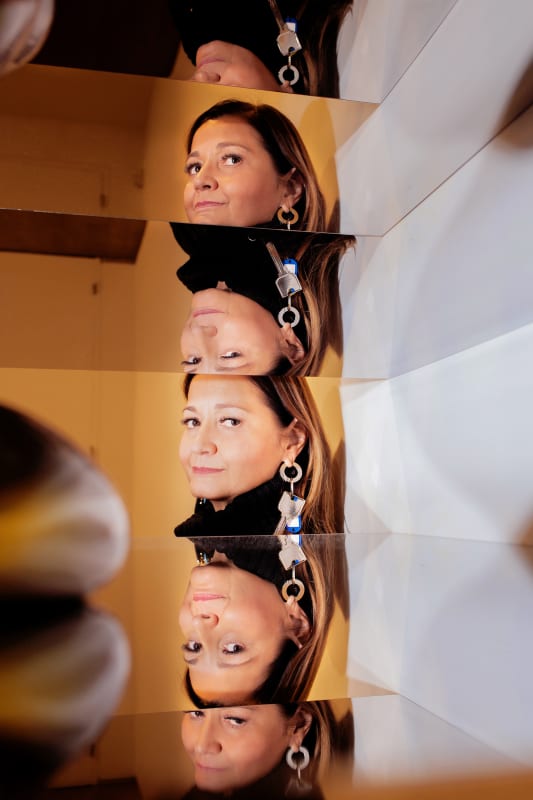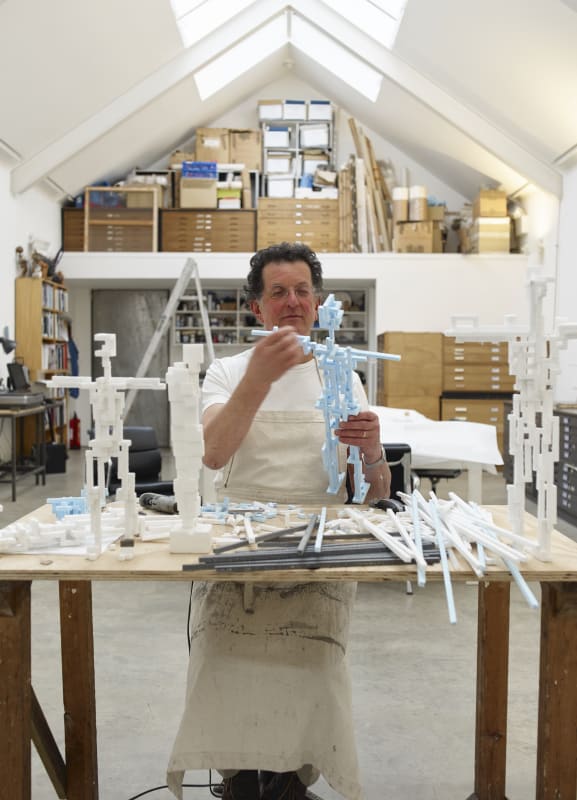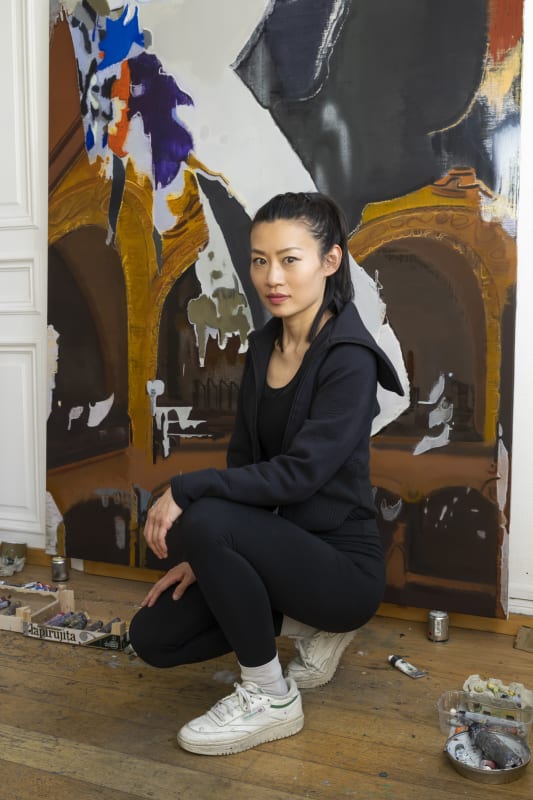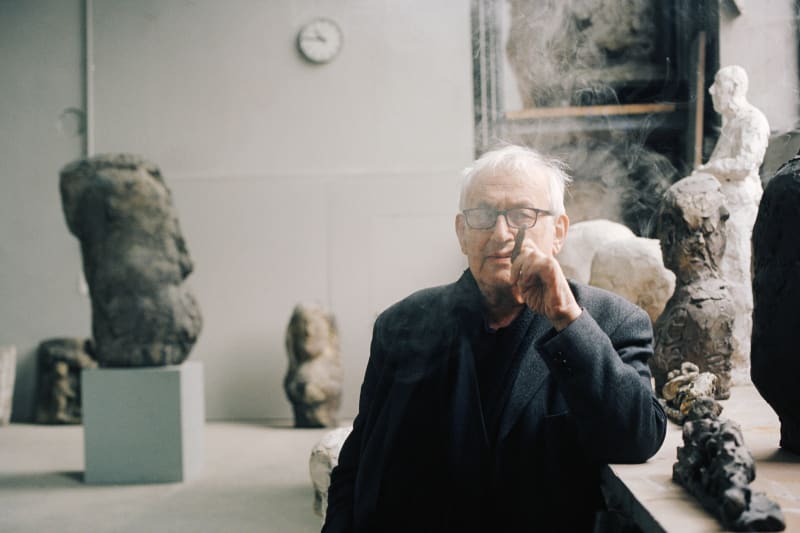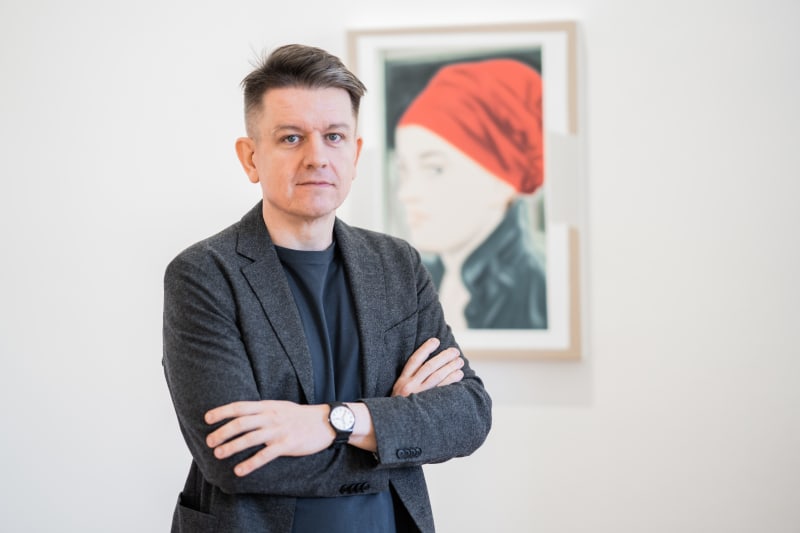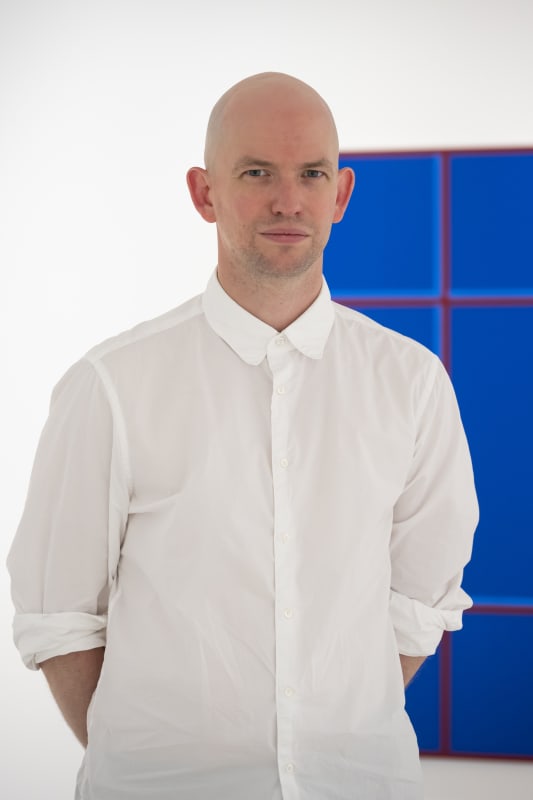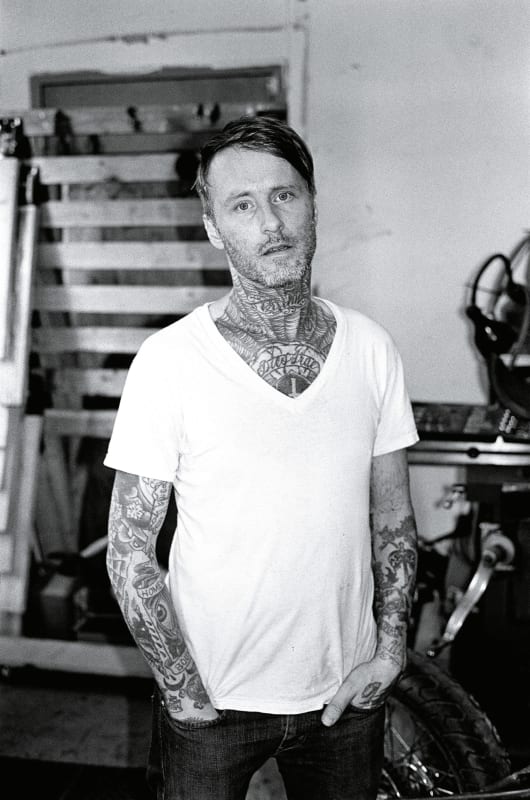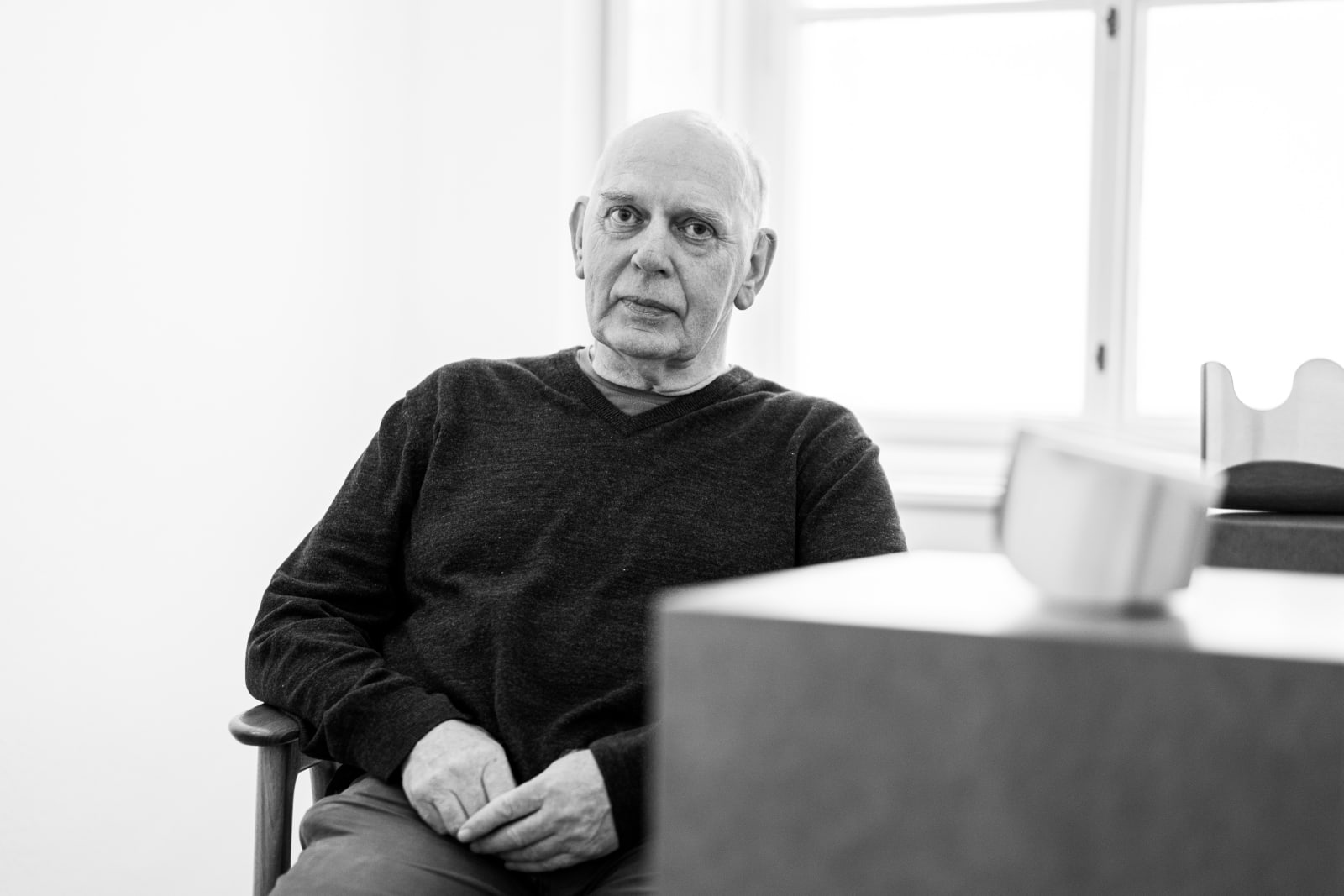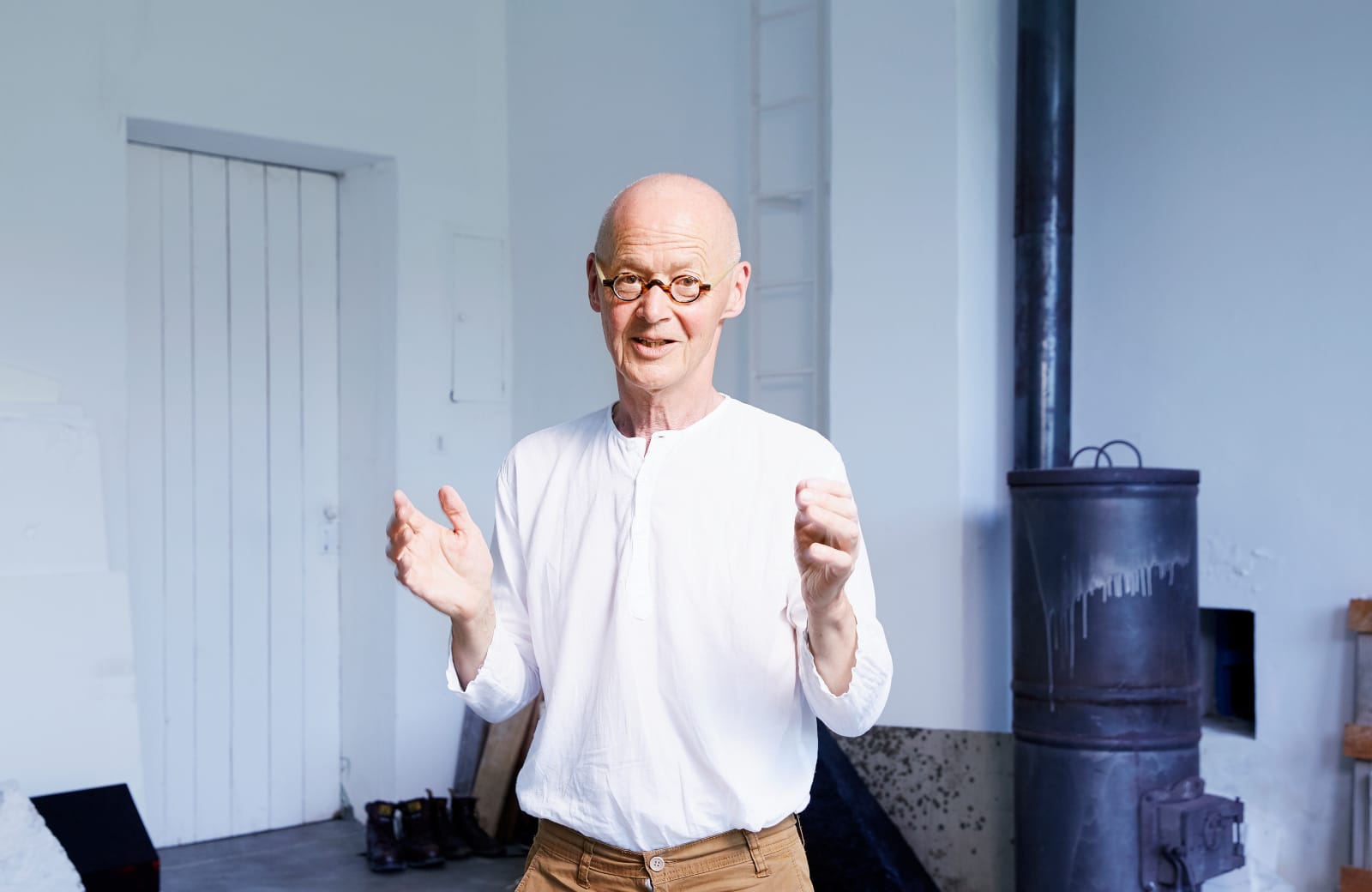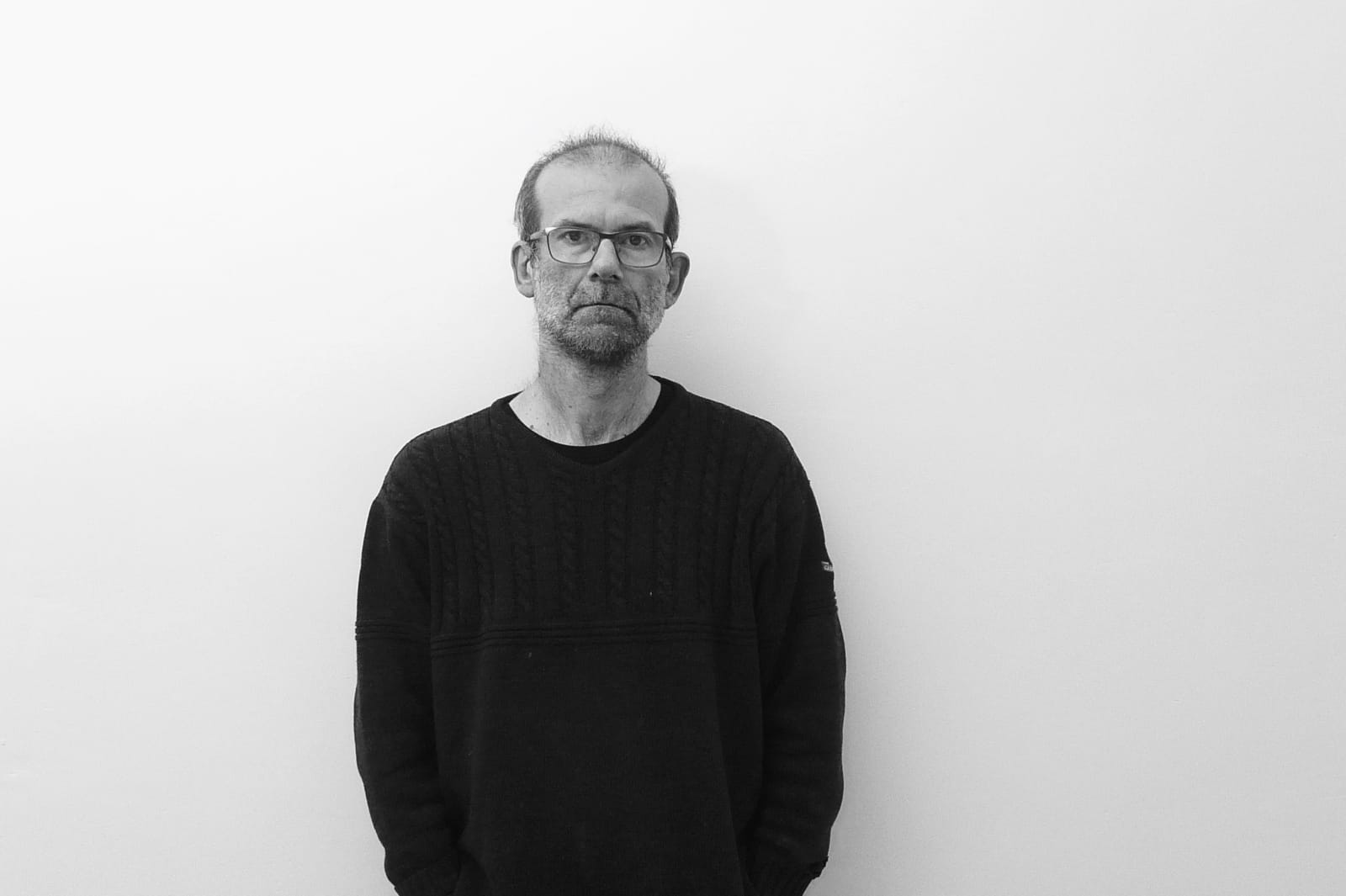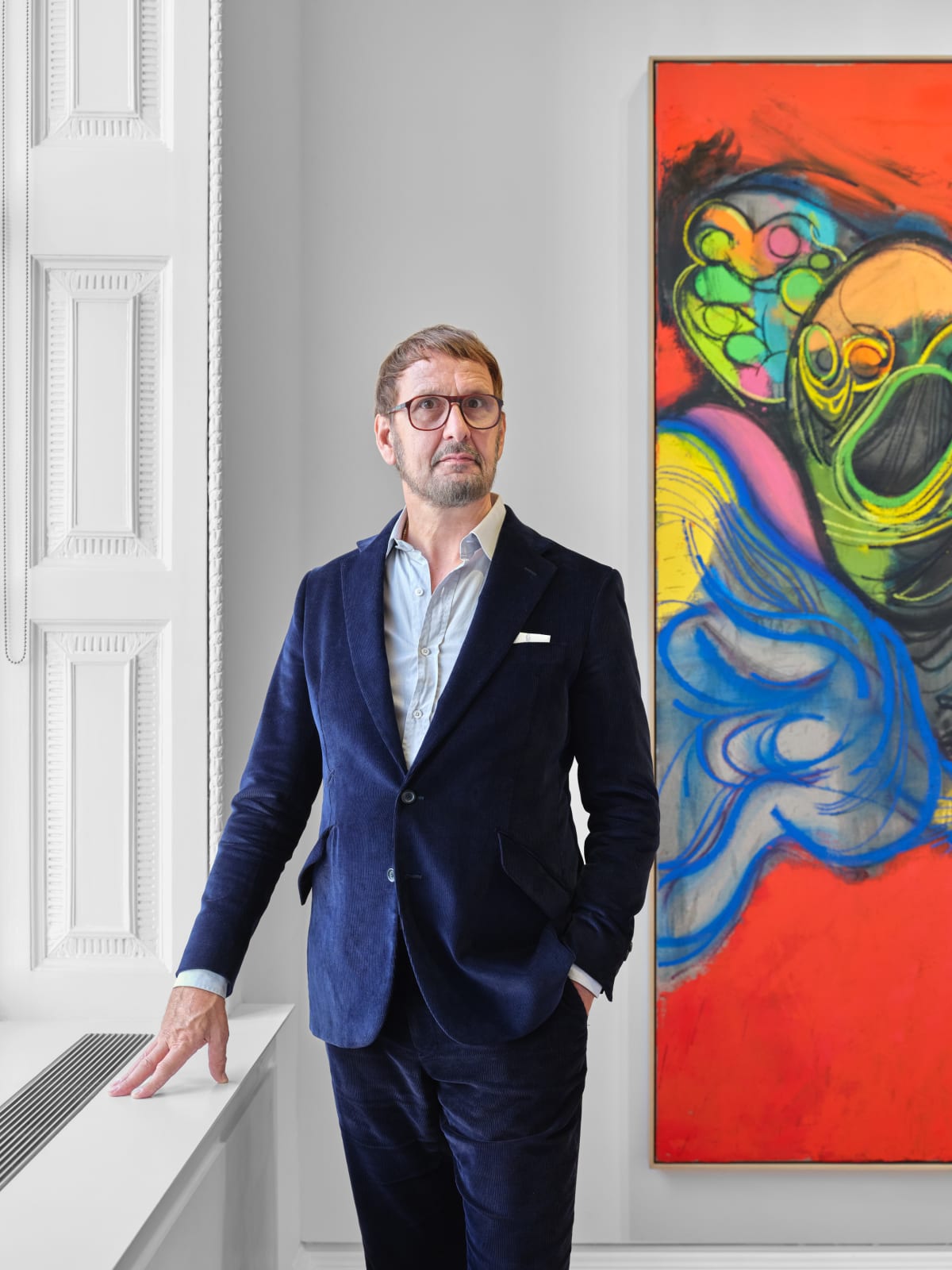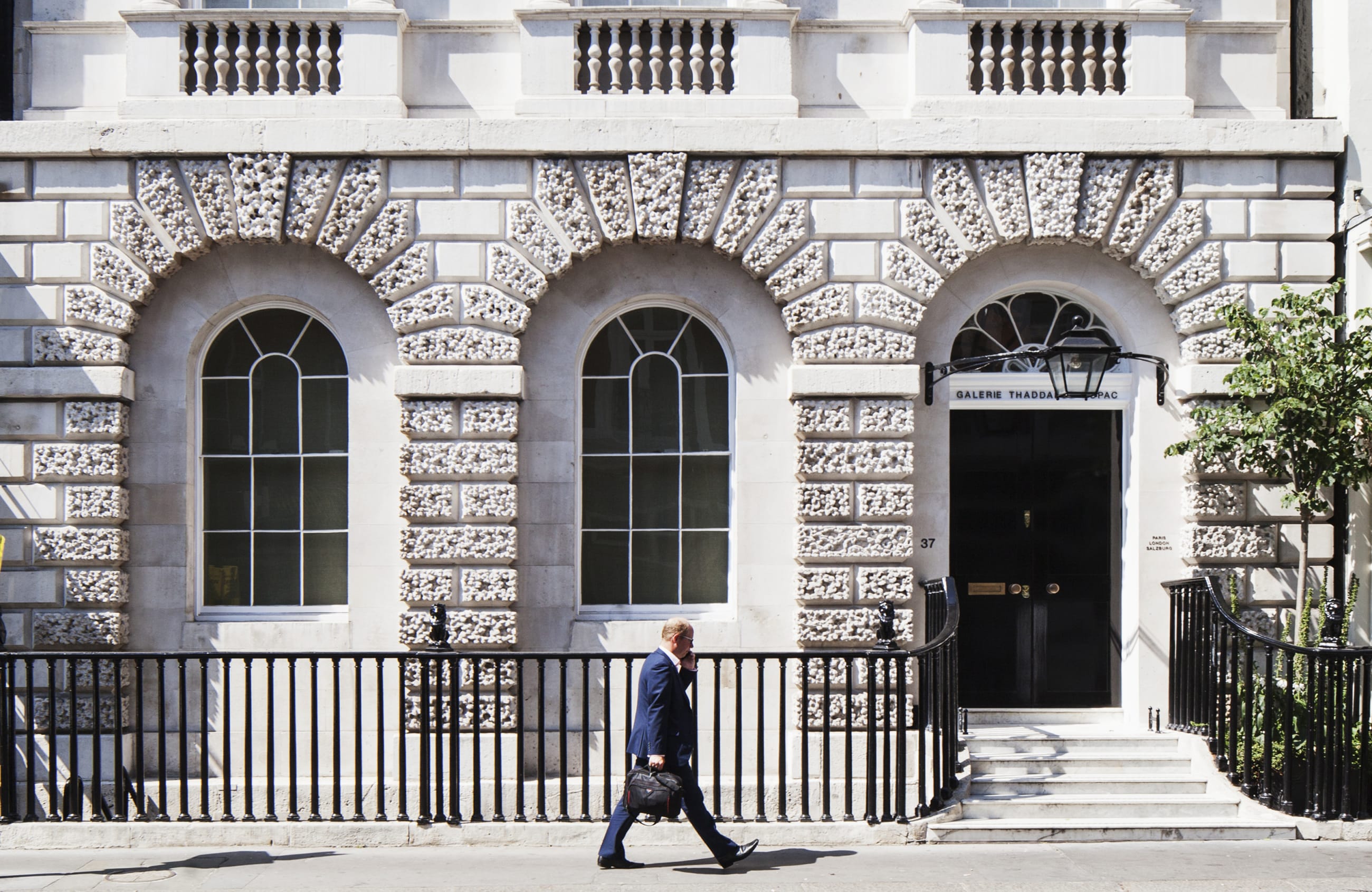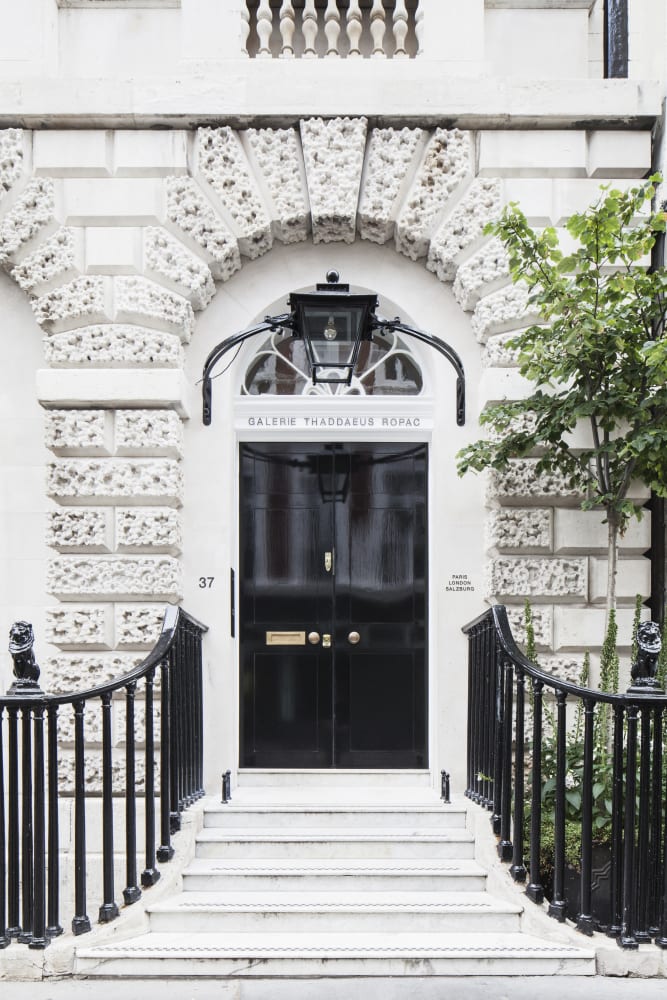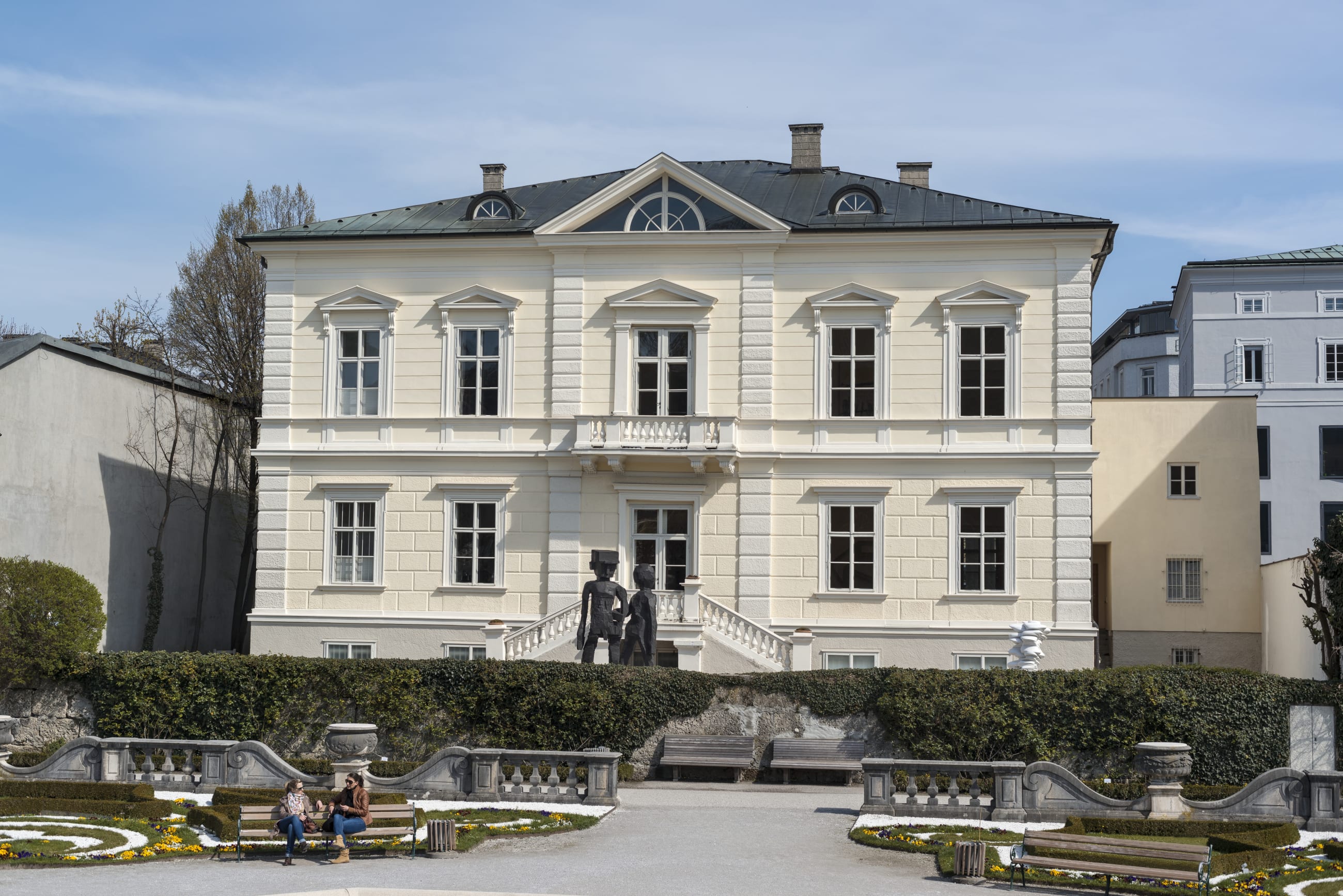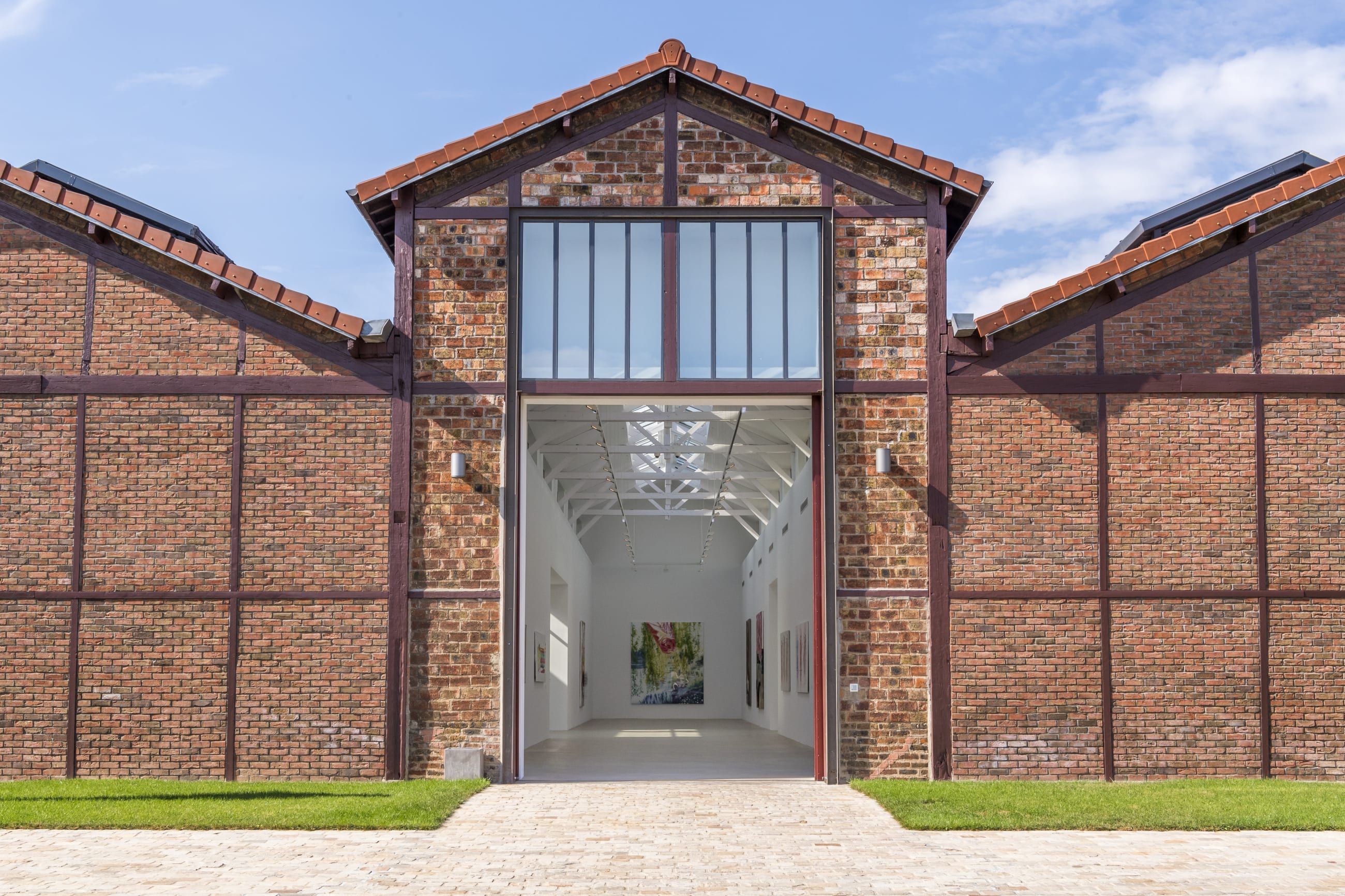David Salle’s brush with artificial intelligence An interview with the artist
By Michael Delgado
In the late 1990s, the painter David Salle (b. 1952) chanced upon an old opera backdrop painted with a sentimental Alpine landscape and found himself immediately drawn to it. He embarked on a series of paintings, the Pastorals, which contained snippets of imagery from this backdrop alongside imagery that Salle found in magazines, television, popular culture and elsewhere. The results were riotously colourful canvases that, at first, seem almost randomly assembled. They are full of figurative images but far from realist, and their arrangement reflects Salle’s continued pursuit of what he has called ‘a truly malleable, elastic pictorial space’.
Salle studied at the California Institute of the Arts in the 1970s, where he was taught by the conceptual artist John Baldessari, whose interest in found imagery can be seen throughout Salle’s work. Salle’s art also bears the imprint of Pop art, as well as demonstrating a considered approach to form that chimes with some of the abstract movements that emerged in mid-century America, including Abstract Expressionism and All-over painting.
For his latest series, Salle has returned to the Pastorals, using a specially made artificial intelligence programme to reinterpret them as new works, which he then prints out and adds to with his paintbrush. These are on display in the exhibition ‘Some Versions of Pastoral’ at Thaddaeus Ropac, London, from 10 April–8 June. Salle spoke to Apollo before the opening about the newfound freedom he has enjoyed through discovering AI.













